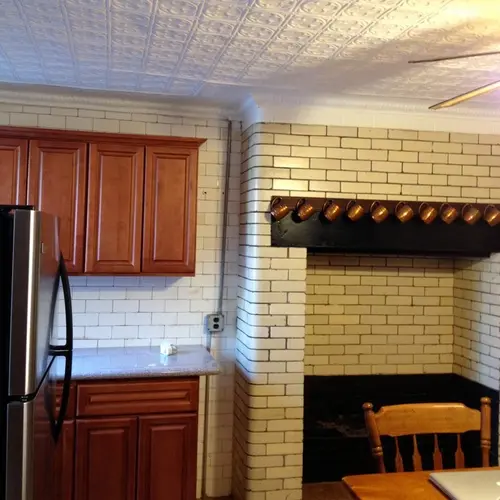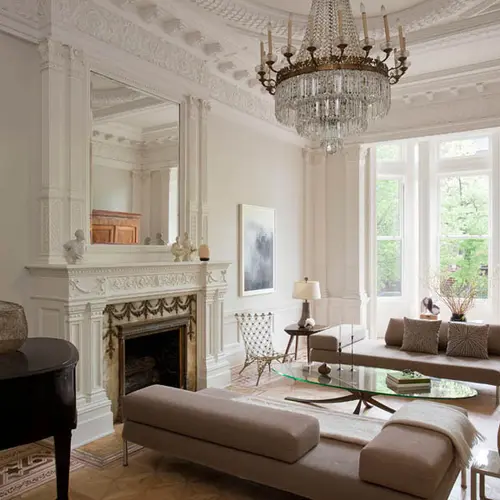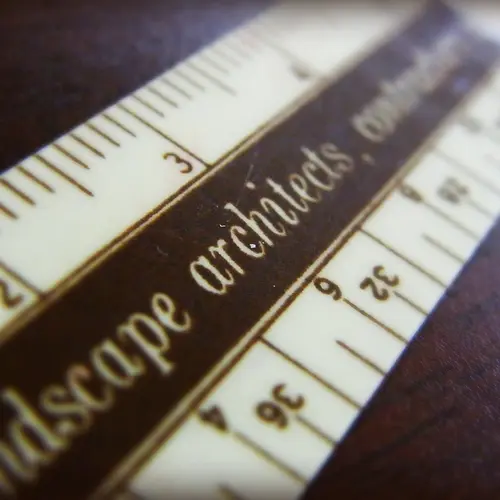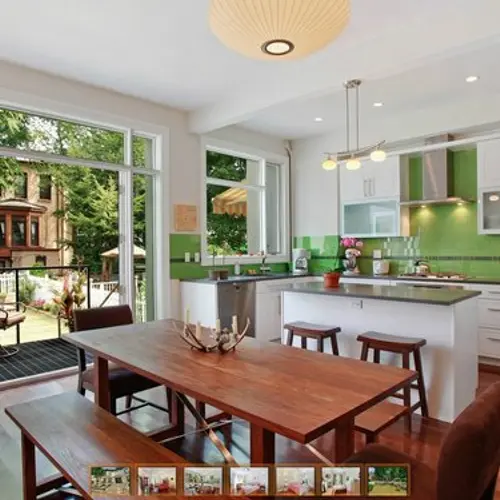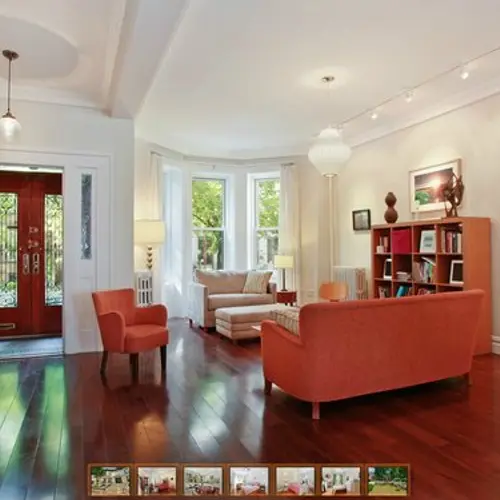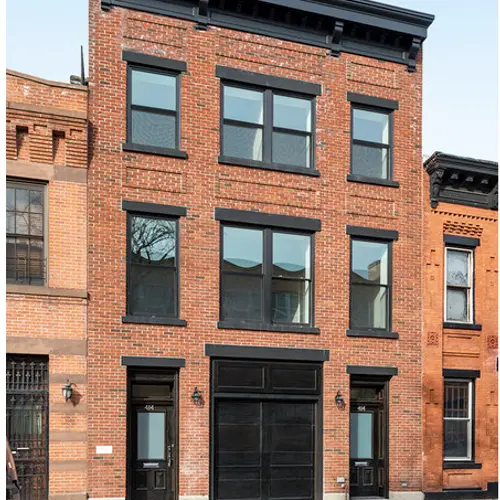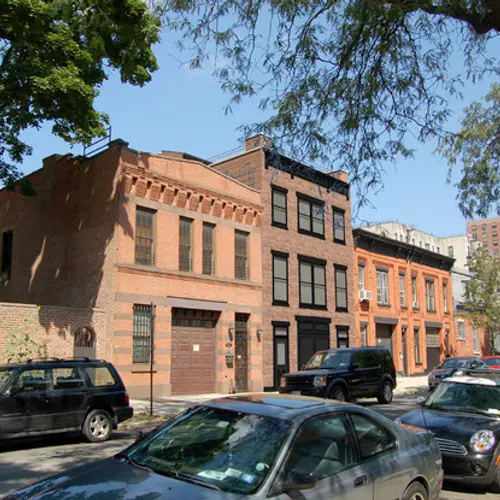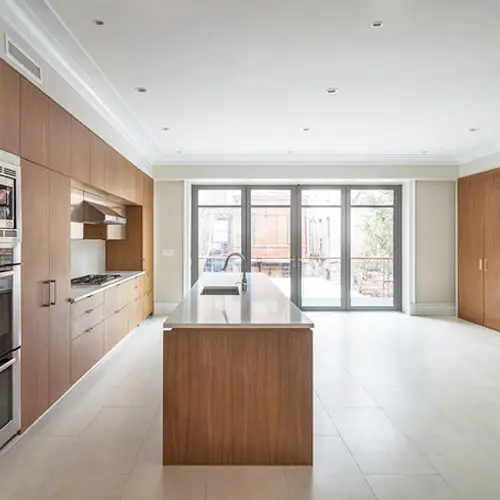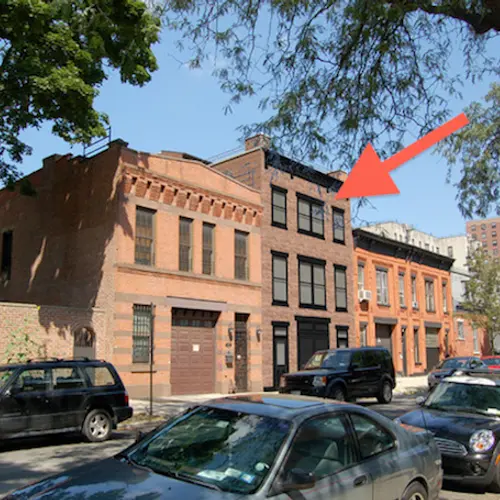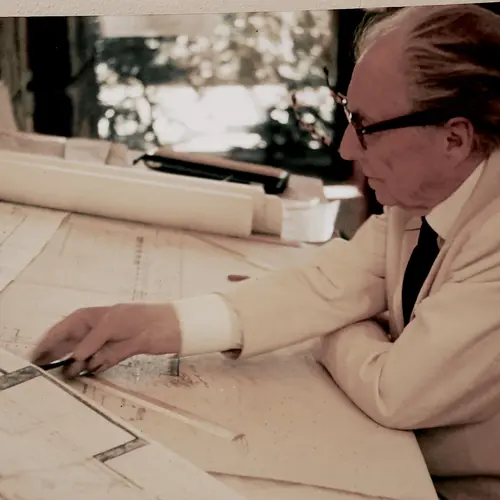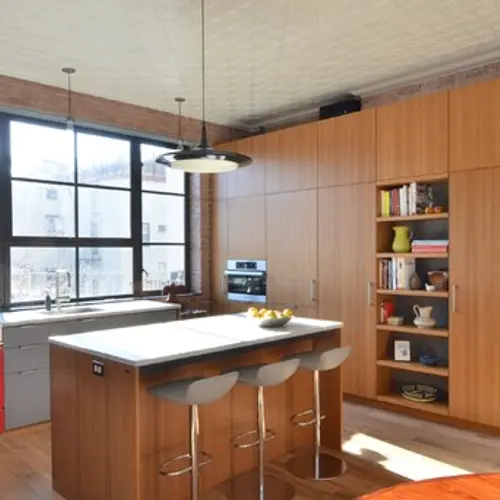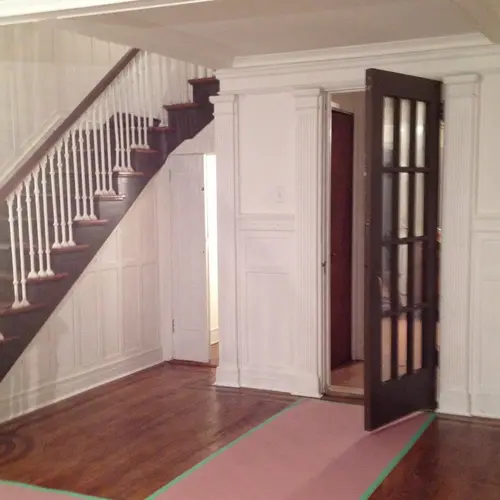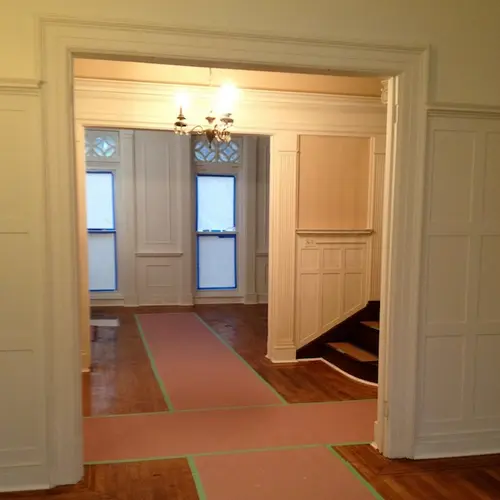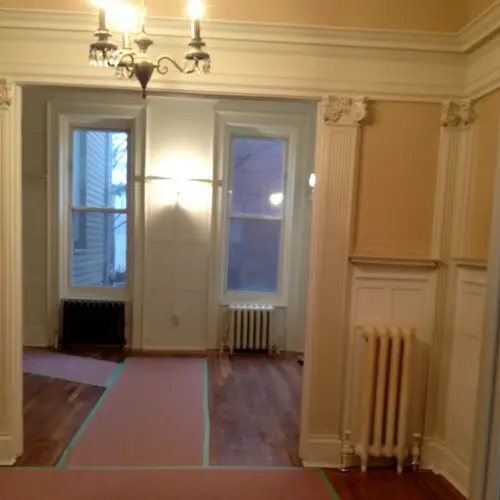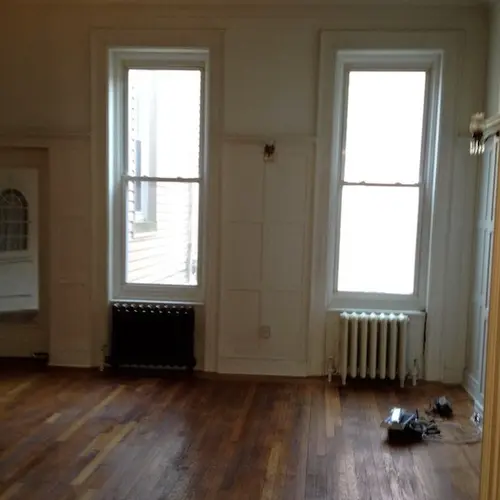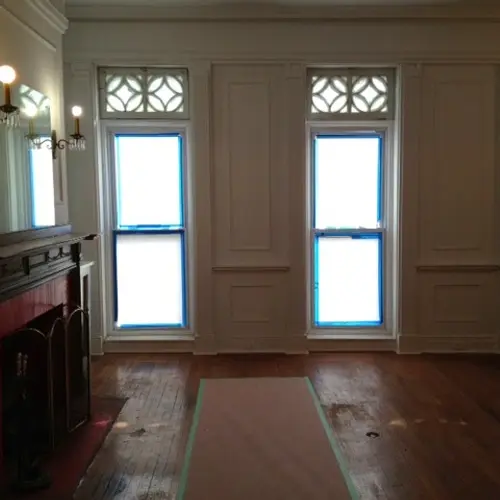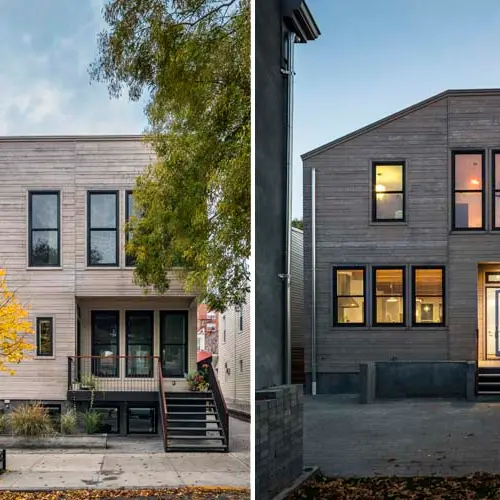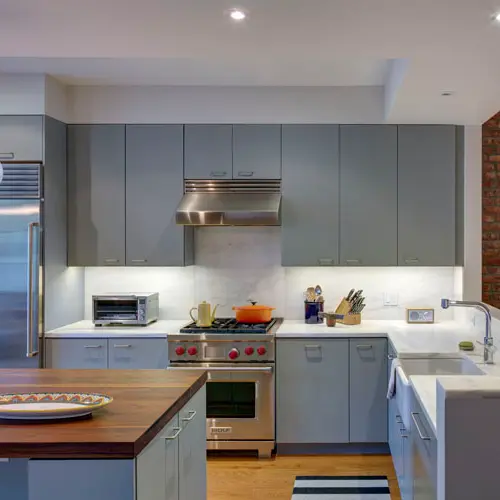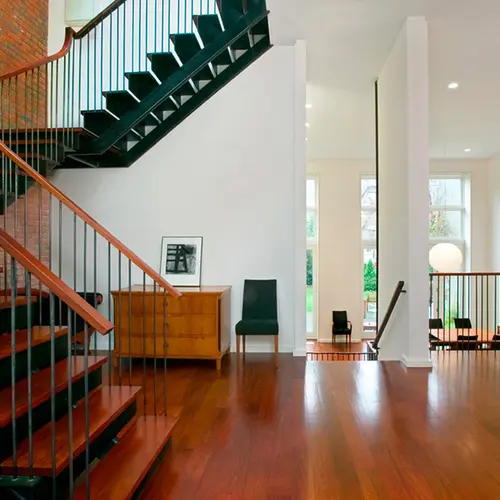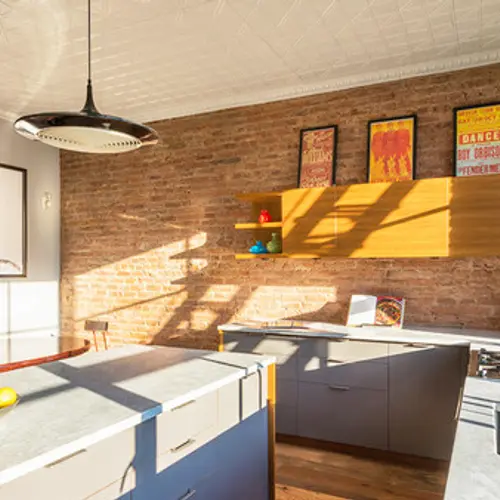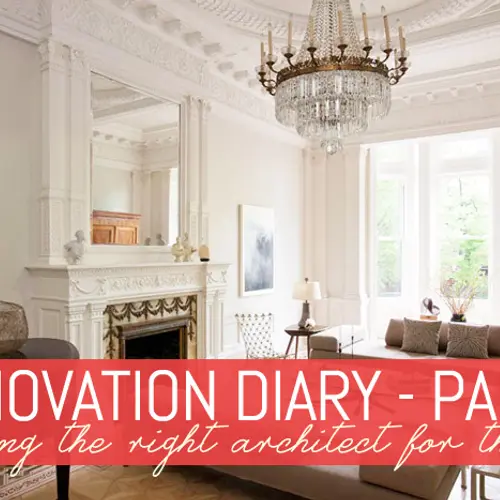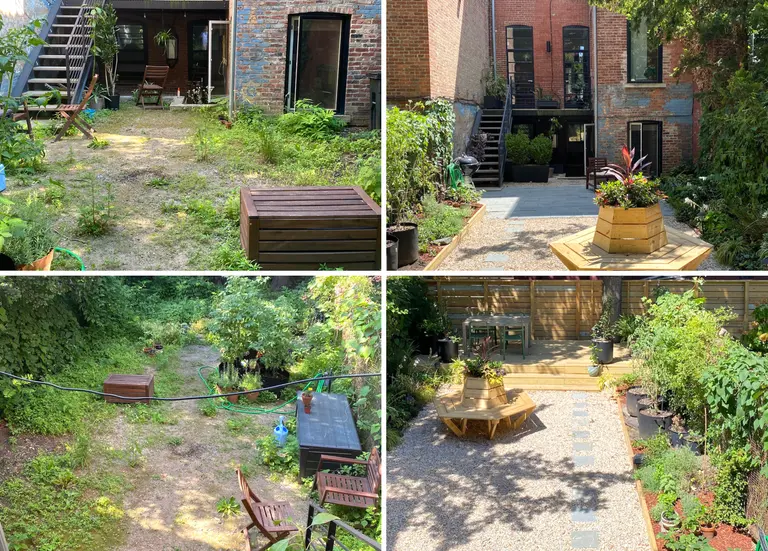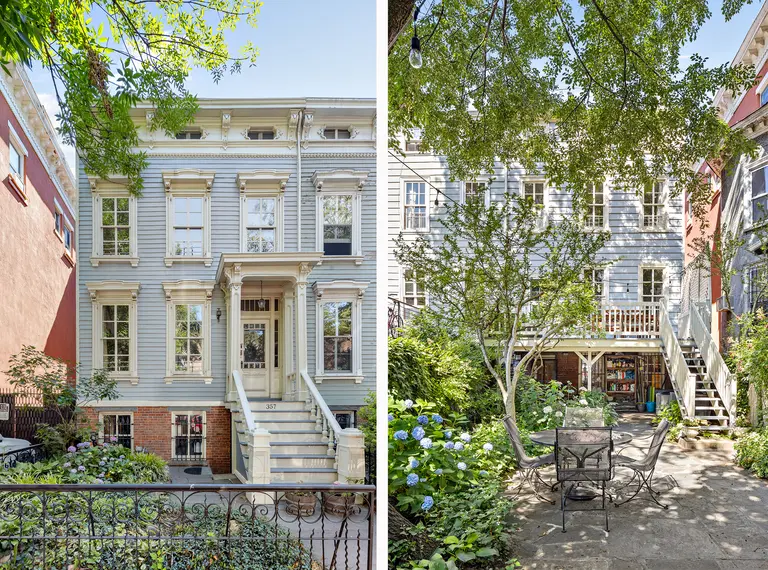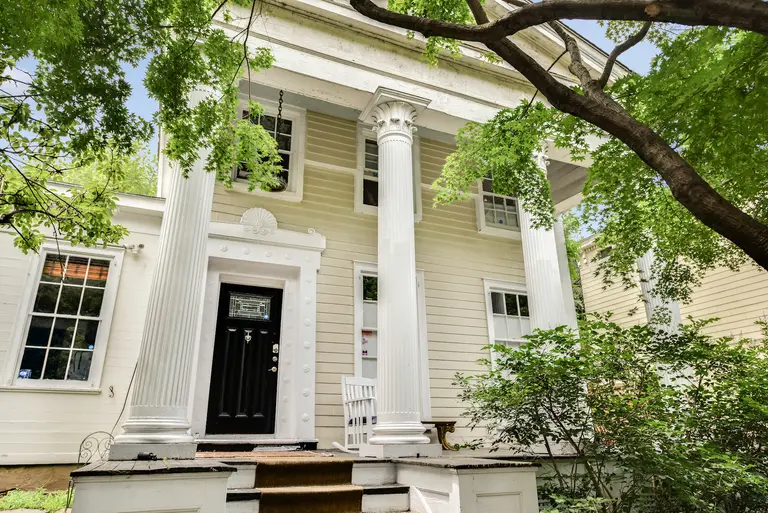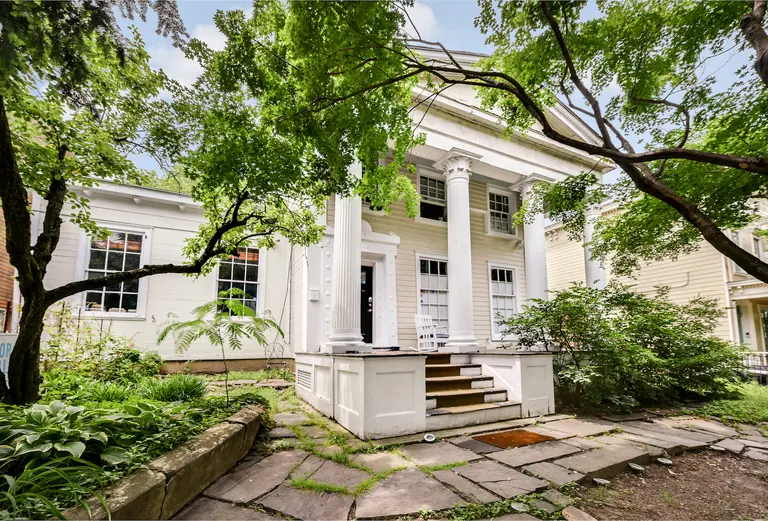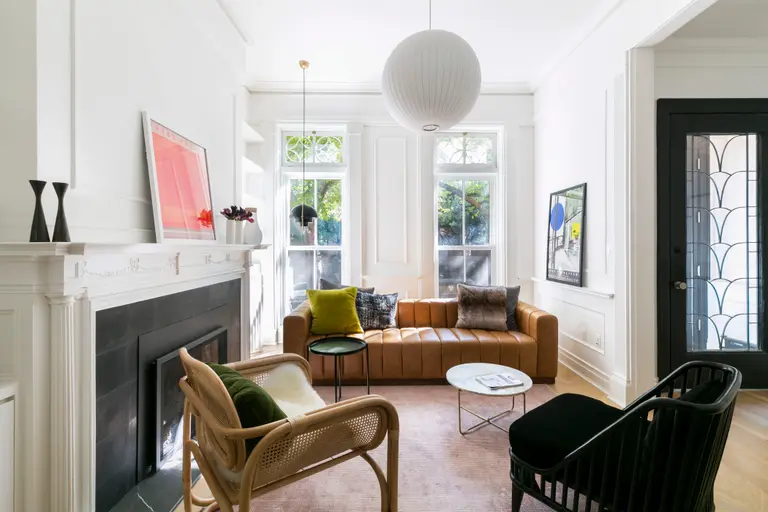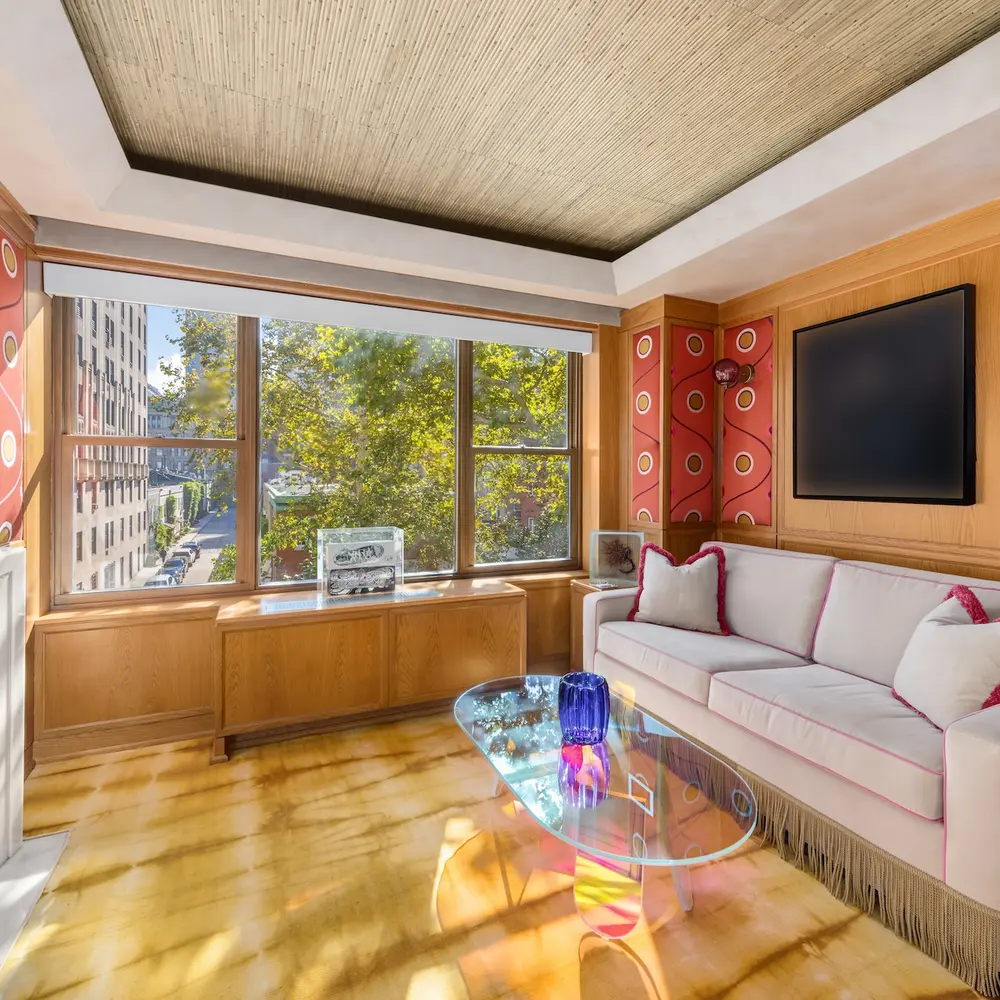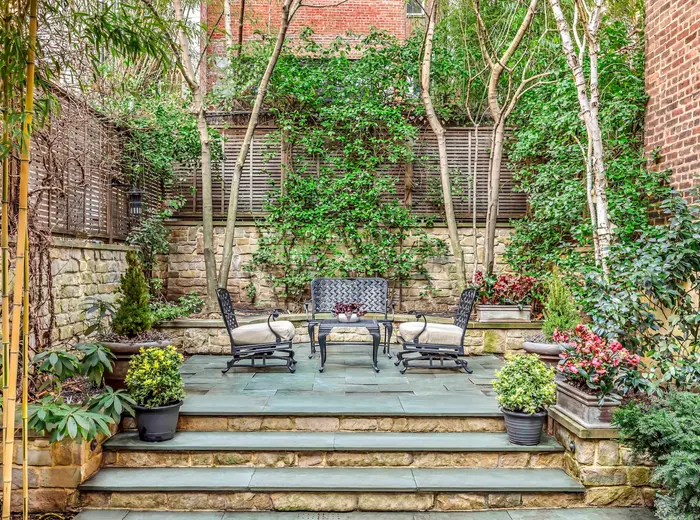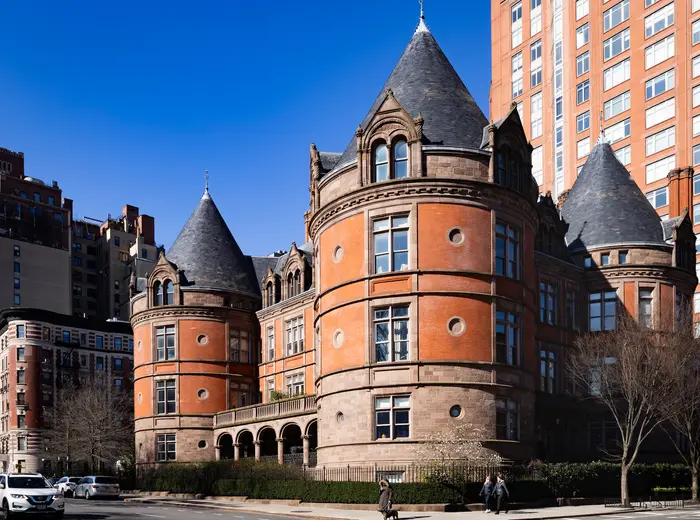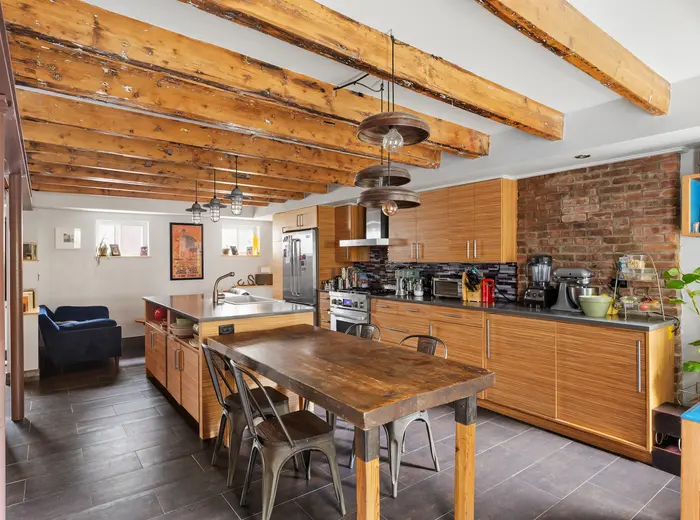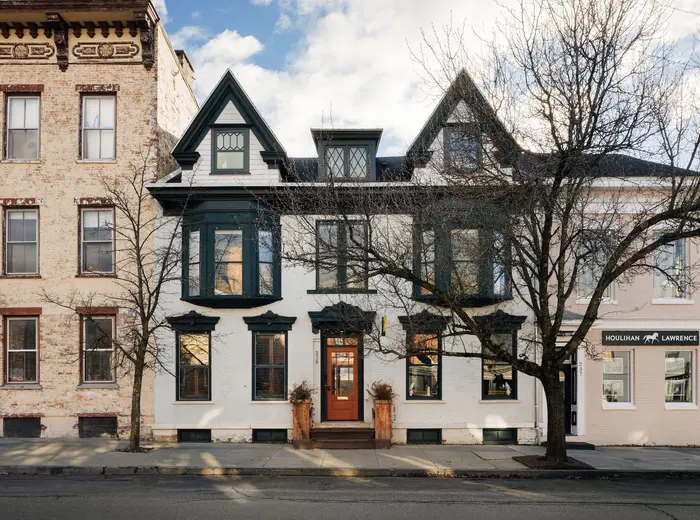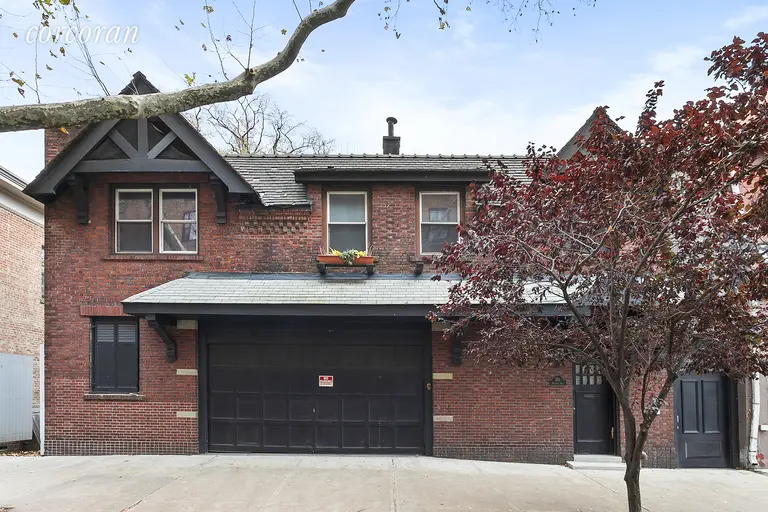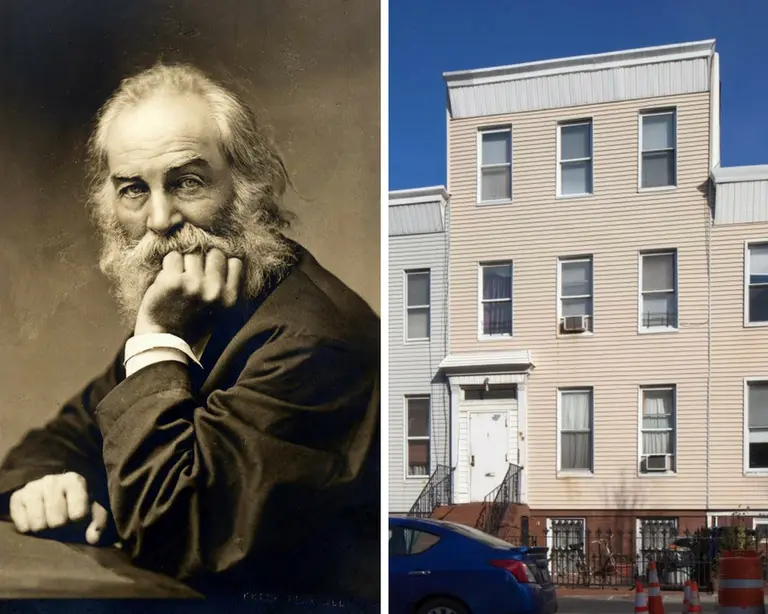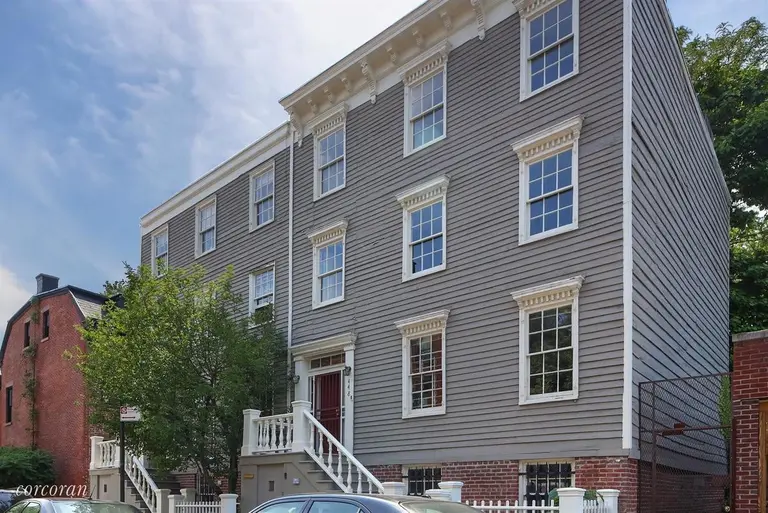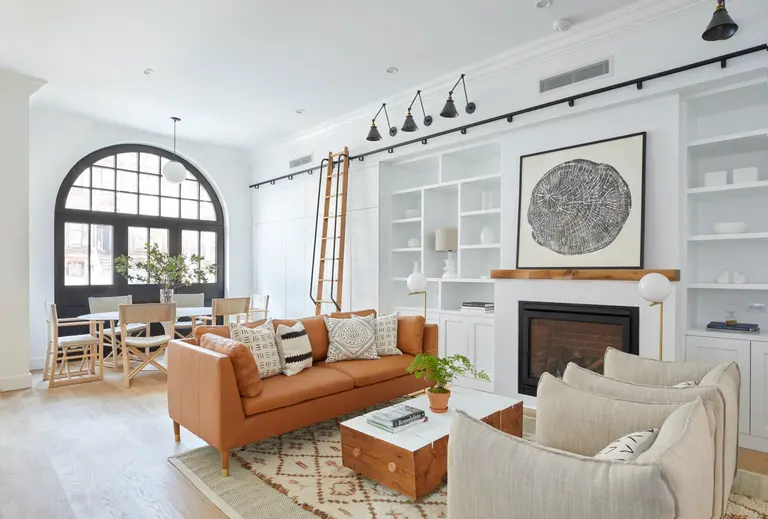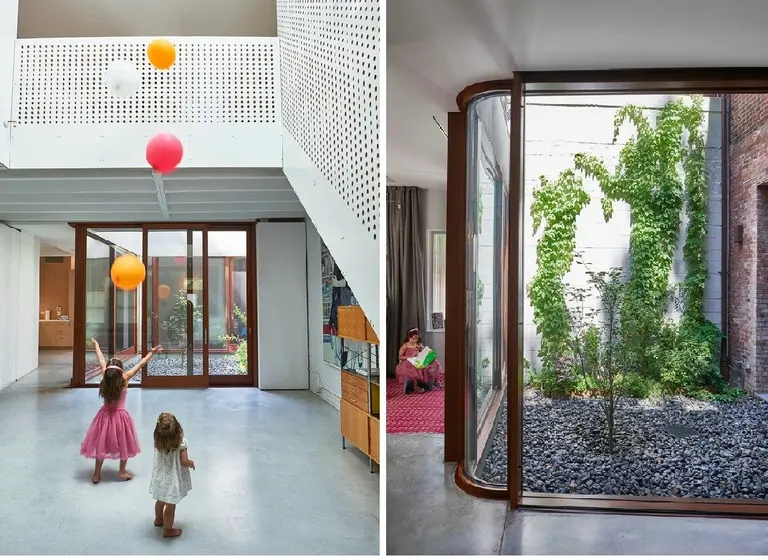Renovation Diary Part II: Choosing the Right Architect for the Job
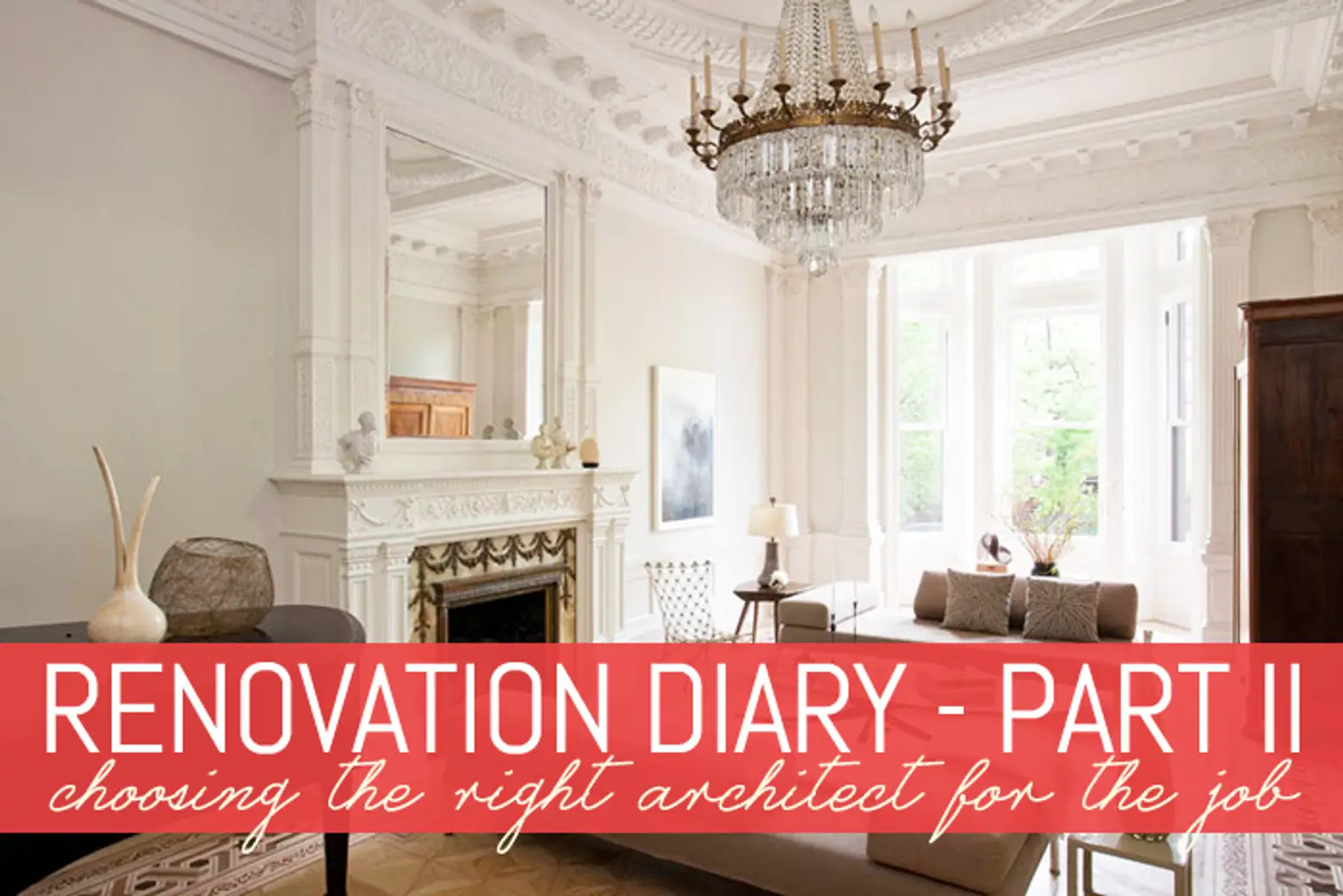
Image © Sarah Ross via flickr cc.
Our Renovation Diary series follows 6sqft writer Michelle Cohen as she takes on the challenge of transforming her historic Clinton Hill townhouse into a site-sensitive modern home. In Part I she shared her experience of defining a plan of action and getting started and this week she takes on the all important task of choosing an architect.
One of the first steps in our renovation project was to hire an architect. The house is in a historic district, so we have to submit all alteration plans to the Landmarks Preservation Commission; we wanted to find someone who was very familiar with that process. We also wanted to find someone who was familiar with working on renovating old brownstones, and someone whose style we liked. Someone who comes with lots of good recommendations. And, not least of all, someone we could even close to afford. In our case he or she would be our main point person on the project, and, ostensibly, our advocate in any dispute that would occur later on.
Again, for the uninitiated, the architect figures out the structural and permit issues, creates drawings of the proposed end result, and submits those drawings to the proper regulatory agencies to obtain approval and permits. Once approvals and permits have been obtained, we’ll get bids from contractors who evaluate the work to be done and estimate how much costs will be. Once a contractor is hired, a schedule is made and work begins. Many architects are also design professionals who can help with aesthetic and materials choices for interiors as well as infrastructure.
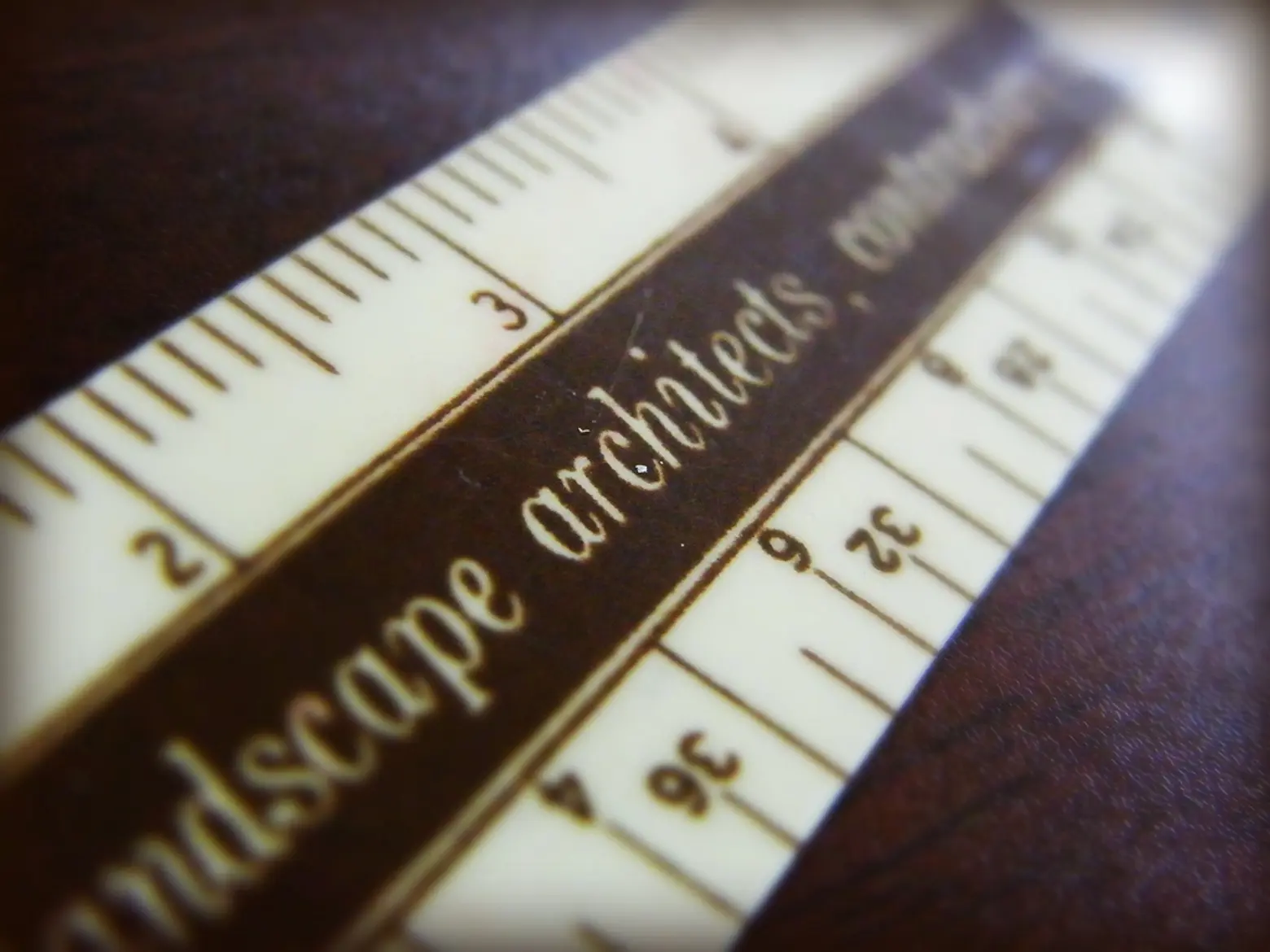 Image © Melissa via flickr cc.
Image © Melissa via flickr cc.
As I mentioned in the first installment of this diary, the city is filled with architects. How do you even find out how to find a good handful from which to choose? Again, I looked to friends for recommendations, spent a lot of time on forums on Brownstoner, and Houzz, and noted work that I liked in architecture-focused sites like this one as well as local apartment and house tours and design magazine and blog editorial features. When we were house hunting, I tried to get the names of architects and contractors who had worked on recently-renovated homes I liked.
Once you have a list of architects that you think you’d like to work with, follow these steps to narrow the field.
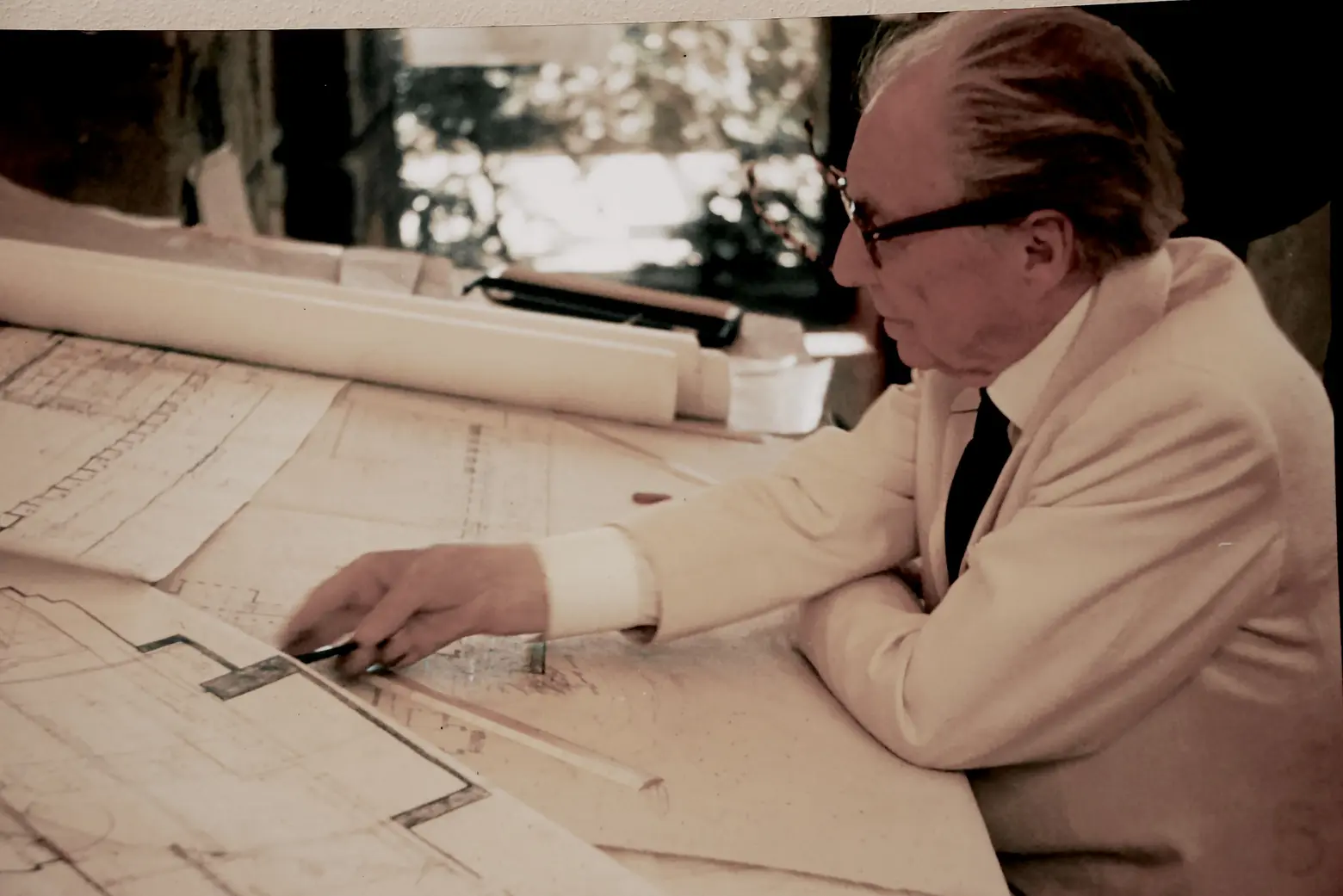
Unfortunately Frank Lloyd Wright, above, wasn’t available. Image © Scott Johnson via flickr cc.
Do phone interviews. Once you have a list of possibilities that you like, start making calls. Renovation professionals are in high demand in this particular New York moment. It’s quite likely that your favorite architect will have a full dance card for the time you want to do your reno. Some might put you off immediately, for whatever reason, whether it be mention of cost that is clearly out of your budget or even just a vibe you don’t like. Only ones you feel good about should make your short list. Several of my top choices were thoroughly booked several months out. Another whose work I love didn’t even return my calls.
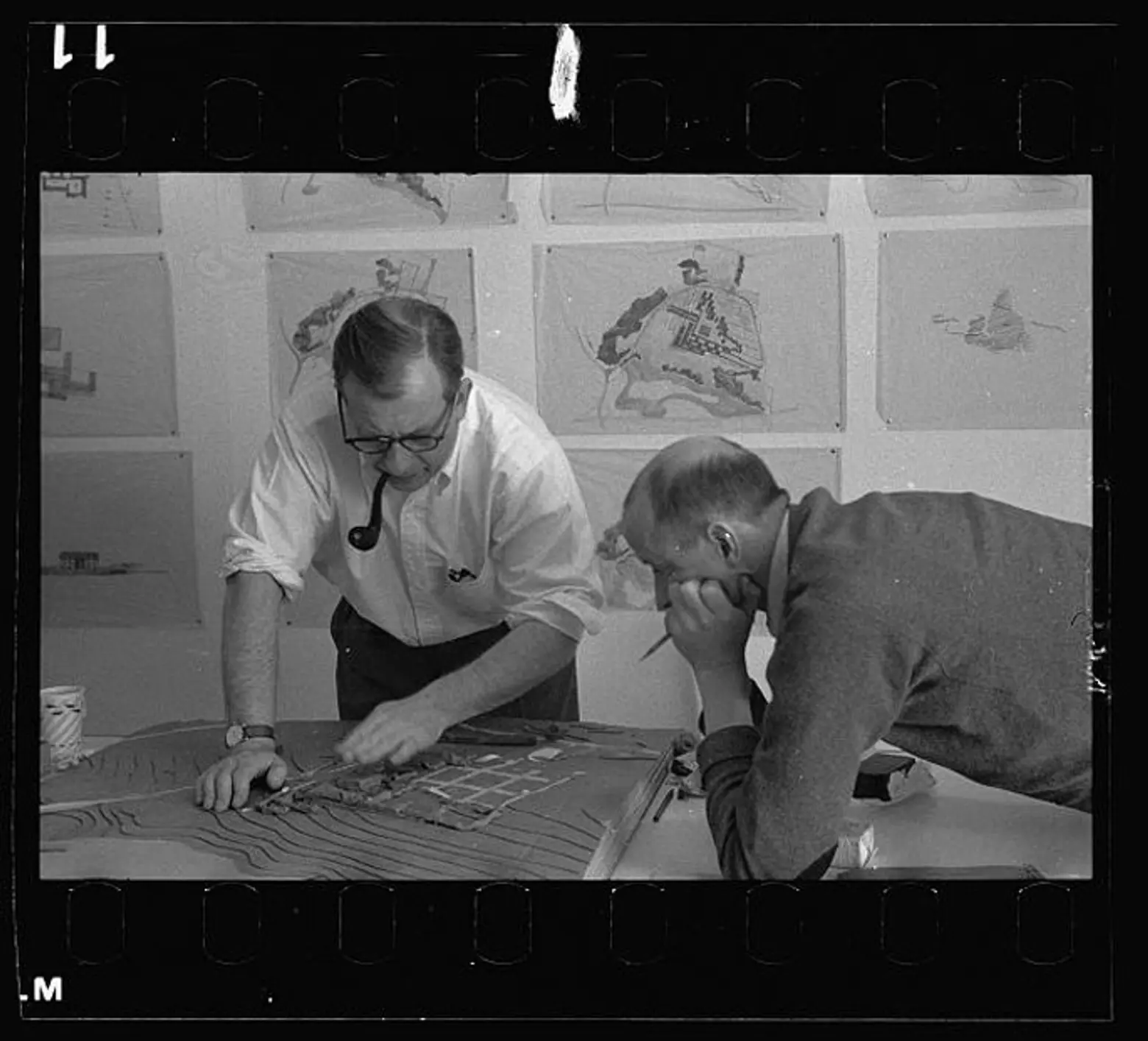
Also not available: Eero Saarinen (left) with Kevin Roche at the office in Bloomfield Hills, Michigan. Photo courtesy of Balthazar Korab Archive at the Library of Congress.
Once you have a short list (3-5) of available architects you like who are interested in the job:
Schedule in-person meetings/interviews. Ideally this step should include a walk-through of the property, but sometimes that isn’t easy if you’re hiring an architect before you close. The walk-through is an important time to see that they’re on the same page: Note whether they’re into the same things you are. Do they suggest “getting rid of” something you particularly like? By the same token, does the architect cringe at the thought of parting with something that you really wouldn’t mind painting/covering/losing altogether.
Questions to ask architects during meetings/interviews:
- Could you explain how your design process works?
- How long will it take?
- How do you charge for your services? What services are included?
- What can you do to make sure the project stays on budget?
- What about my project interests you the most?
- What worries you the most about this project–what do you see as a challenge?
- If the person works with a firm, ask if they’ll actually be the person you’ll be working with most of the time.
On my end, I made sure the architect understood our goals for the project and provided a fairly well-organized list of everything we wanted to include in our renovation. I also provided some magazine pages and online mood boards (Pinterest is good for this) to provide an idea of my aesthetic and how I wanted the end result to look. I gave a basic idea of our budget and we made sure we were on the same page regarding time frame for the completing the work.
Be prepared to discuss your budget; the architect should know–and let you know–if what you’re hoping to do is even realistic. It’s not something they can just estimate from your wish list, because budgets can vary wildly depending on things like finishes and materials used.
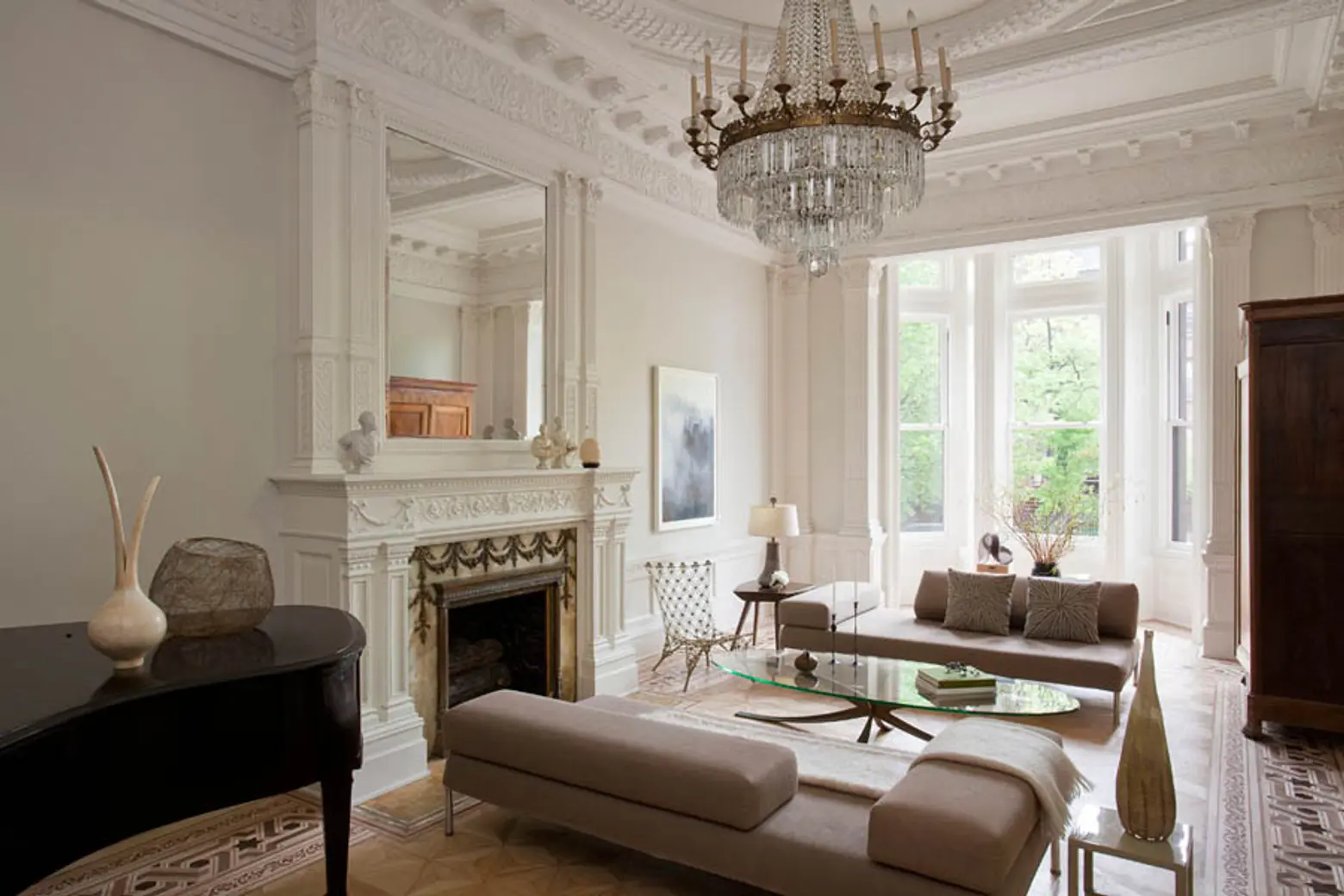 Also not available (though we’ll assume for different reasons): the architect who remodeled this lovely Clinton Hilll townhouse. Image courtesy of Neuhaus Design.
Also not available (though we’ll assume for different reasons): the architect who remodeled this lovely Clinton Hilll townhouse. Image courtesy of Neuhaus Design.
See their work. You should get a chance to look at several examples of their work that is most like your project online (or in print) on a website or portfolio. You should also visit at least one site that the architect has completed and one that is in progress. Part of the reason for the latter is that you want to see that things run smoothly on the site and everyone working on the project gets along and the job site is well-run.
Get references. The architect should provide at least three or four names of people for whom he or she did similar work that you can call for recommendations. Make sure you speak to at least two of those.
As far as contacting references, I emailed first to ask them the best time to call. I also gave the option of answering the questions via email. Basically I was trying to make it difficult for people to provide too little information due to lack of time or avoidance.
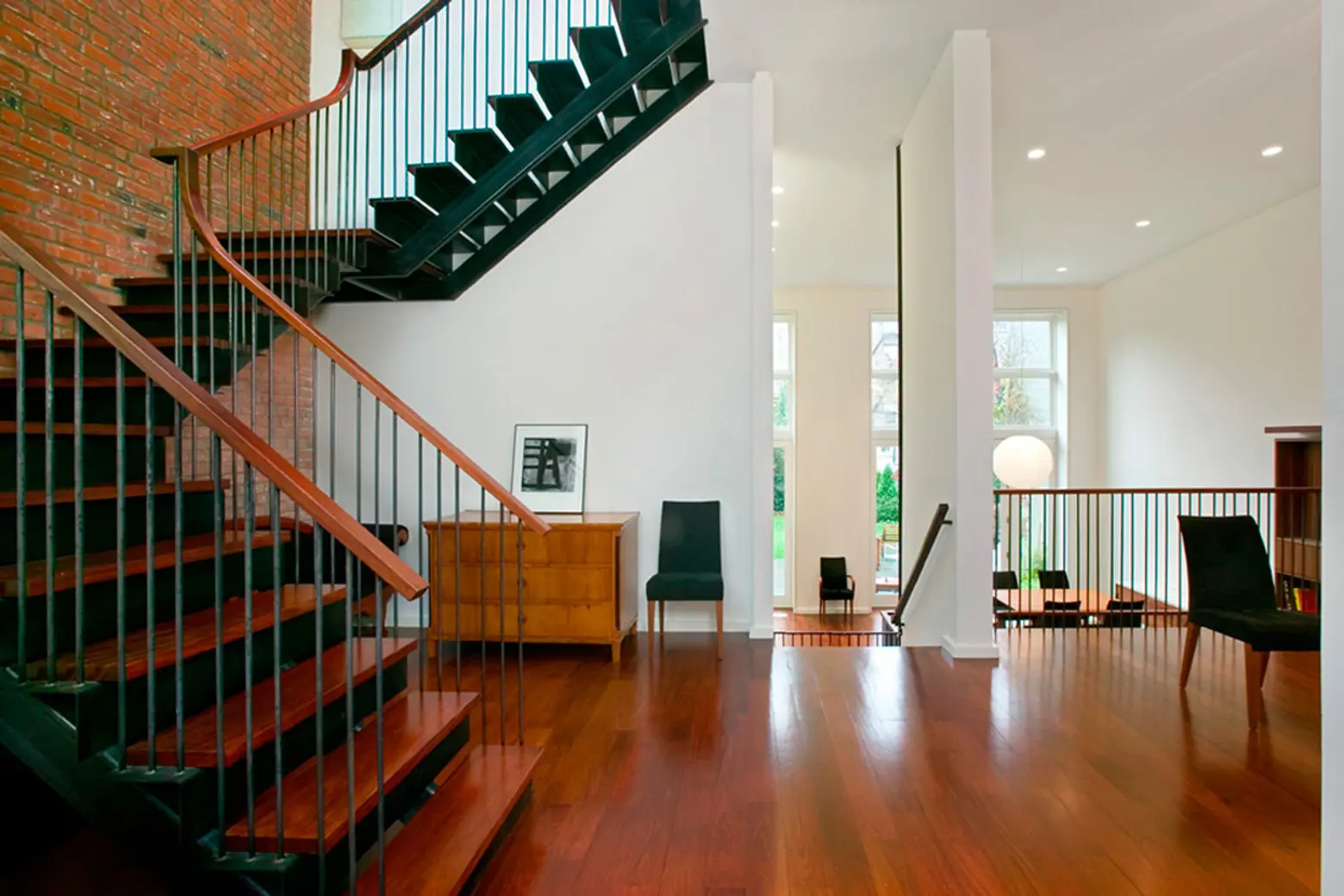
You guessed it. Too busy. Image courtesy of Baxt Ingui Architects PC.
A sampling of the questions I asked references:
- What type of work did he/she do for you? What was the scope of the project?
- Did your project get completed on time? If not, why?
- Did your project costs go over budget? If so, by what percent and why?
- How well did he/she communicate with you? Did they return phone calls promptly? Did they explain any billing questions?
- What frustrations did you have along the way?
- If there were one thing you wish was done differently, what would it be?
- If I decide to use the same contractor, do you have any advice for me? (good opportunity to find out more about the contractors the architects work with,)
- How did you find him/her?
- Have you worked with him/her before?
- Have you worked with other architects before.
Get a proposal. Once each architect is familiar with your project, they should provide at least an informal proposal that includes how they bill and an estimate of their charges for all phases of the project. You should discuss any questions you have about the proposal.
About pricing/fee structure. Some architects charge an hourly rate (with or without a cap), some provide a fixed price with a fixed scope, and some charge a percentage of the construction fee. A fixed price on an estimate is usually the architect’s guess on how many hours they will spend at their hourly rate. The range of pricing methods for architects can be quite confusing, but fixed price or hourly rate is often safest for the homeowner compared to percentage of overall costs. When you review the proposal you’re given, make sure you note “extras” that you’ll be paying for directly, such as an expediter. If these costs are listed in the proposal, even better. Ask the architect to explain anything you don’t understand about his or her fee structure.
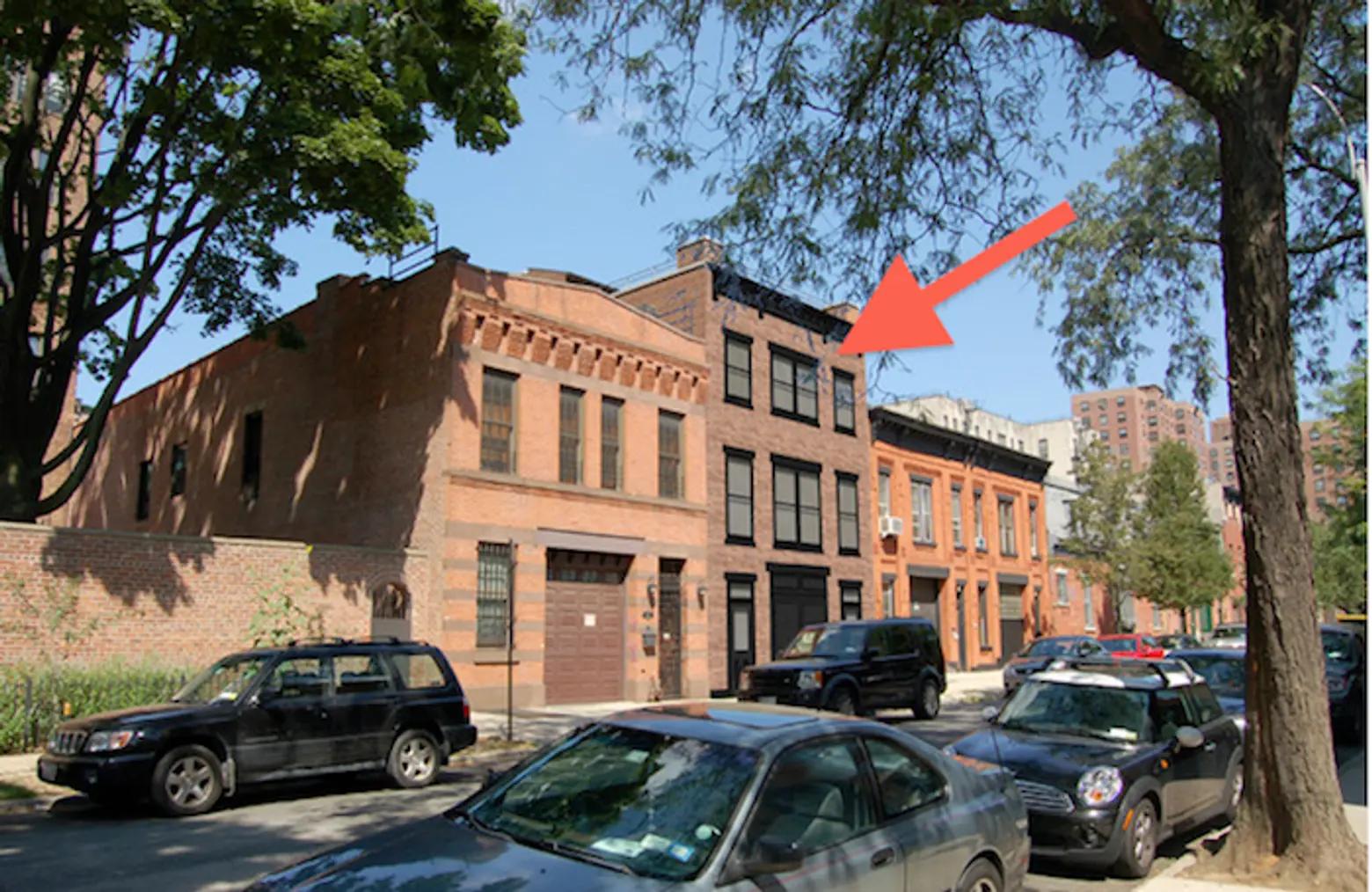
Architect tricks of the trade: This new Clinton Hill carriage house, built on an empty lot, was designed according to landmark stipulations about height; a hidden top floor playroom and sun deck can’t be seen from the street. Image courtesy of Urban Pioneering Architecture via Houzz.
We ultimately chose someone (the firm is actually a husband/wife team, something we ran across quite a bit; lots of romance happening in architecture school apparently!) who was extremely helpful in several online forums, had a reputation for being very knowledgeable and whose work appeared technically sound but didn’t look as if it cost a fortune. I have a pretty good idea of what I like, design-wise and thought it might save some money not to hire someone who was known for their high-end design flourishes as long as they had the technical skill and knowledge of the regulatory landscape.
His fee estimate was more in line with our budget than some others on our short list. His references were all extremely enthusiastic and mentioned that he was good at keeping things at least close to budget, something we didn’t hear too often. And he has a reputation for being very well-versed in the permitting and approval process. The final choice can be a tough one. This is one area where your gut reactions should play at least some part in the process.
Now that we have an architect to work with, the next step will be creating drawings of the work we want to do.
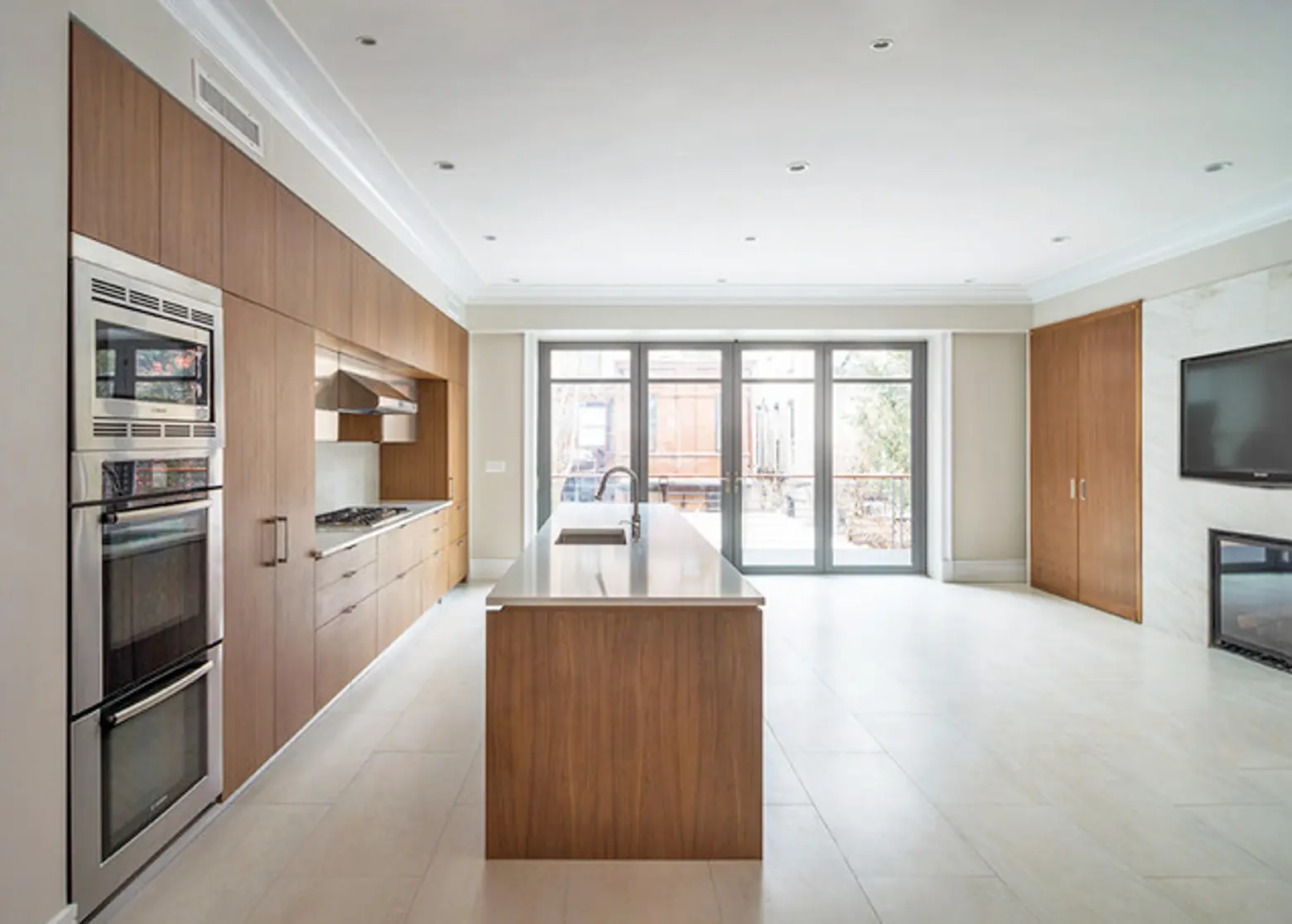 Kitchen in the same Clinton Hill carriage house, designed by Urban Pioneering Architecture. Photo courtesy of Urban Pioneering Architecture via Houzz.
Kitchen in the same Clinton Hill carriage house, designed by Urban Pioneering Architecture. Photo courtesy of Urban Pioneering Architecture via Houzz.
The American Institute of Architects (AIA) offers similar advice: Finding the Right Architect in Nine Easy Steps, Selecting Your Architect; Also, How to Hire the Right Architect from renovation site Houzz.
